
What we Do
Solid waste that is being dumped openly for many years on the same “dump site” without any processing and treatment is known as legacy waste. It causes several occupational health hazards and damages the surrounding environment due to the release of obnoxious and poisonous gases such as Methane, Sox, Nox, Co2, etc. Mishandling of legacy waste can lead to frequent fire hazards and cause air pollution in and around the dumpsite. Open dumping of legacy waste contaminates groundwater due to the penetration of toxic and heavy metals. Legacy waste can be processed by adopting a scientifically proven Bioremediation and Bio-mining Process.
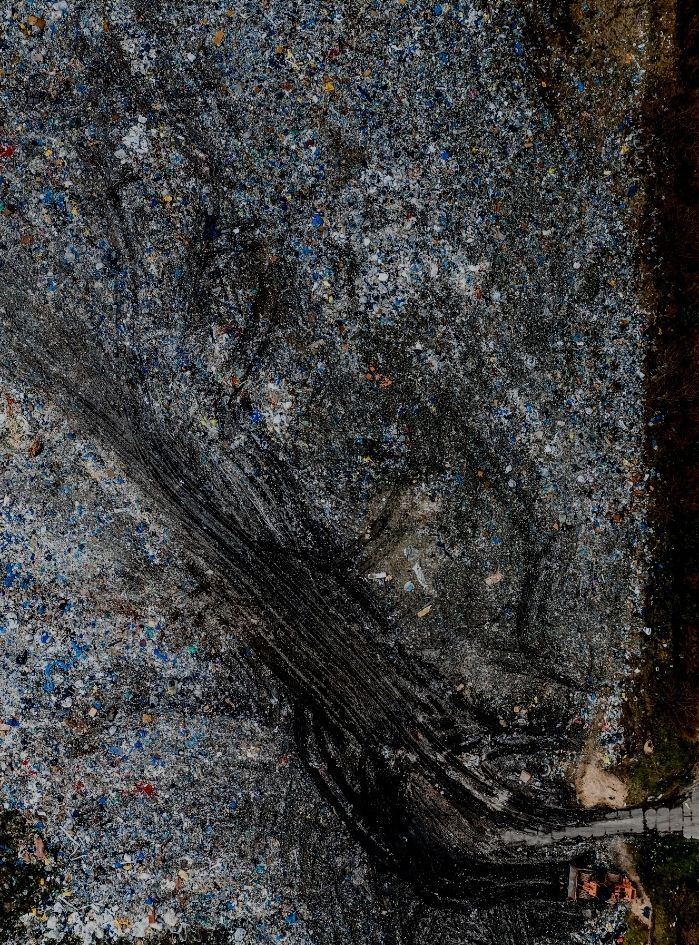
Legacy Waste
Management
Bio-remediation of legacy waste is settling down the organic contents of legacy waste with the spraying of bio-culture/enzymes on it with periodic rotating the waste. Spreading of bio-culture on the waste; expedites the decomposition of organic components, regularly rotating legacy waste loosens the waste and release methane gases.
Bio-mining of legacy waste is the screening of settled legacy waste after the bio-remediation process. Conveyor belts assembled with screens used for the bio-mining process.
Work with UsBio-Remediation & Bio-mining
of legacy waste
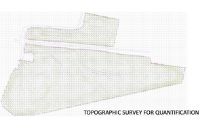
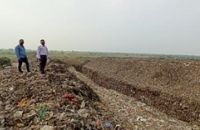
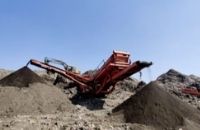
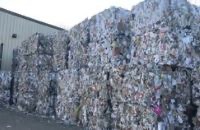
Bio-Remediation & Bio-mining
of legacy waste



Legacy Waste
Management
Bio-remediation of legacy waste is settling down the organic contents of legacy waste with the spraying of bio-culture/enzymes on it with periodic rotating the waste. Spreading of bio-culture on the waste; expedites the decomposition of organic components, regularly rotating legacy waste loosens the waste and release methane gases.
Bio-mining of legacy waste is the screening of settled legacy waste after the bio-remediation process. Conveyor belts assembled with screens used for the bio-mining process.
Work with UsSolid waste is the unwanted garbage that is generated due to agricultural, industrial, medical, household, and other such activities. Currently, India is facing a crucial issue of solid waste management and the generation rate is increasing day by day and there are very few cost-effective methods for treating solid waste. The main area of focus of this system is 3 R’s i.e. reduce, reuse and recycle.
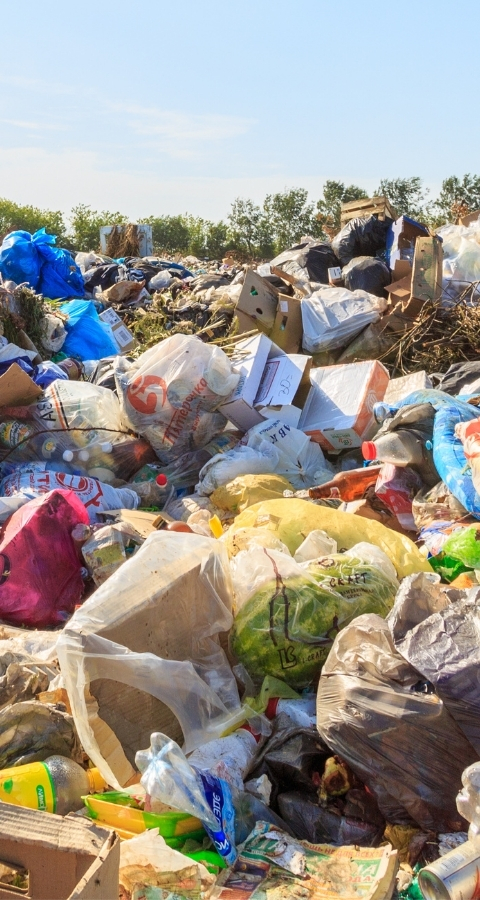
Fresh Waste
Management
The first step of SWM is the collection and sorting of waste to reduce the further process.
If the waste is not properly segregated and treated, the next step adopted for treating solid waste is composting and then the other measures are adopted accordingly.
Work with UsProcessing & Treatment of
Fresh waste

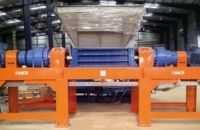
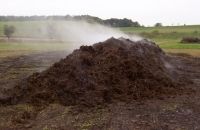
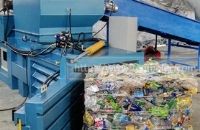
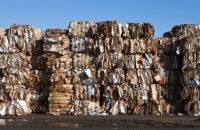

Fresh Waste
Management
The first step of SWM is the collection and sorting of waste to reduce the further process.
If the waste is not properly segregated and treated, the next step adopted for treating solid waste is composting and then the other measures are adopted accordingly.
Work with UsProcessing & Treatment of
Fresh waste




